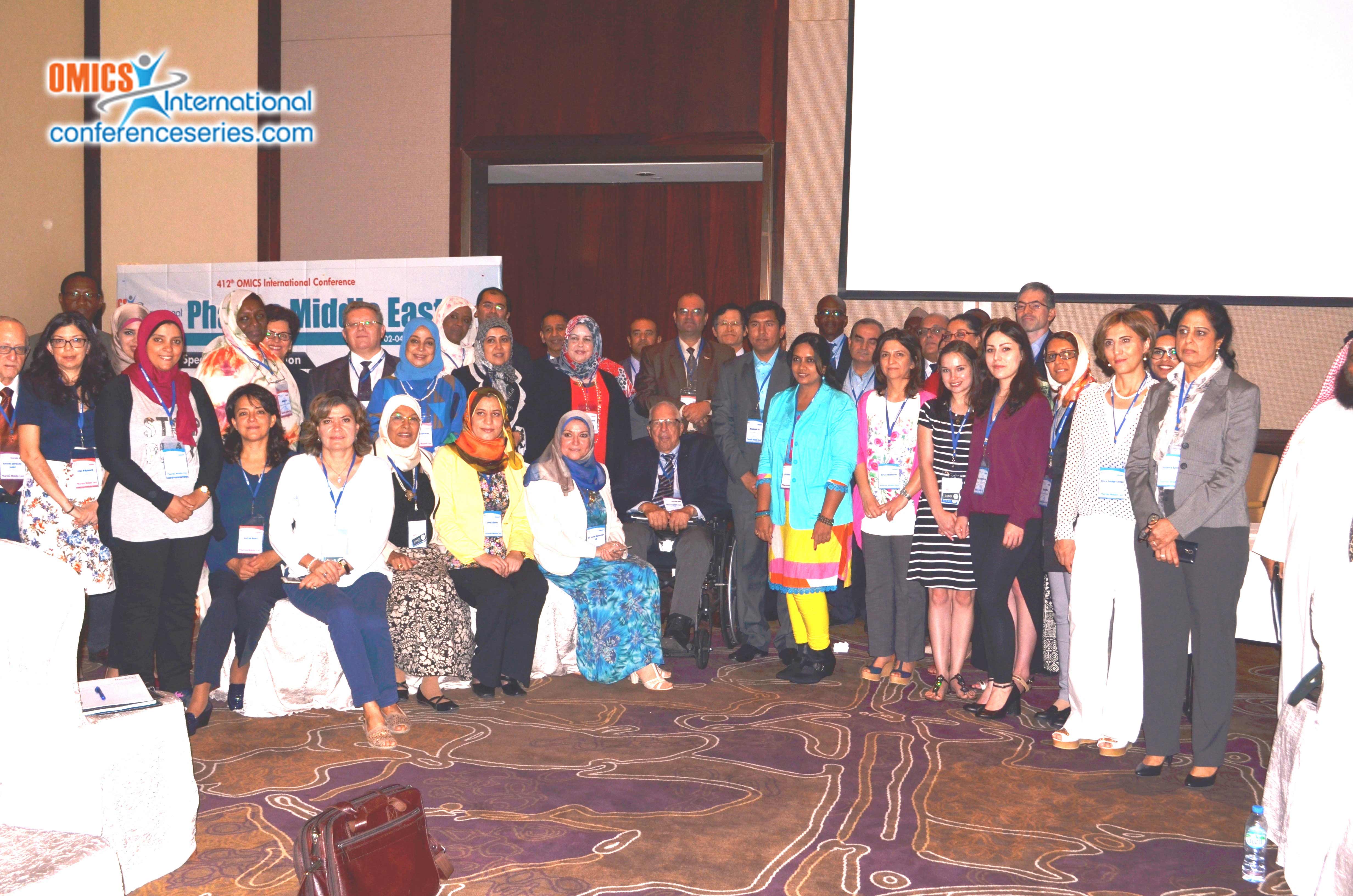
Maziar Moradi-Lakeh
University of Washington, USA
Title: Medication use for chronic health conditions in Saudi Adults: findings from a national household survey
Biography
Biography: Maziar Moradi-Lakeh
Abstract
Chronic diseases and their risk factors are common in the Kingdom of Saudi Arabia (KSA) and most of them require long-term management through medications. We examined patterns of medication use for chronic conditions in KSA based on a national household survey. The Saudi Health Interview Survey (SHIS) was a cross-sectional national multistage survey of 10,735 individuals aged 15 years or older conducted in 2013. The survey included a detailed household questionnaire. Current medicines for chronic conditions of each respondent were observed by trained interviewers and classified based on the Anatomical Therapeutic Chemical (ATC) classification to five levels. Among the respondents, 11.8% (SE=0.4) reported taking at least one medication for their chronic conditions with a mean number of 2.05 (SE=0.05). In addition to older age (OR=1.94 per each decade, 95% CI: 1.83-2.05) and male gender (OR=1.22, 95% CI: 1.06- 1.41), those with higher income, were more likely to take any medication. The most common medicines were drugs used for diabetes (A10), drugs acting on the renin-angiotensin system (C09), lipid modifying agents (C10), antithrombotic agents (B01), drugs for obstructive airway disease (R03), calcium channel blockers (C08) and beta blocking agents (C07). The top 20 used items accounted for about 80% of all medication items. Only 32.7% of medications were reported to be used exactly as prescribed. Compared to the prevalence of chronic conditions such as diabetes, hypertension and hypercholesterolemia in KSA, our study indicates a potential underuse of medications as well as non-adherence to the directions for use. Interventions such as improved clinical guidelines for healthcare providers to increase utilization of necessary medication and educational programs to improve patients’ adherence are needed. Moreover, our results provide a list of commonly used medications in the Kingdom to help the Ministry of Health and other health authorities to better plan and manage medications purchases and management.


